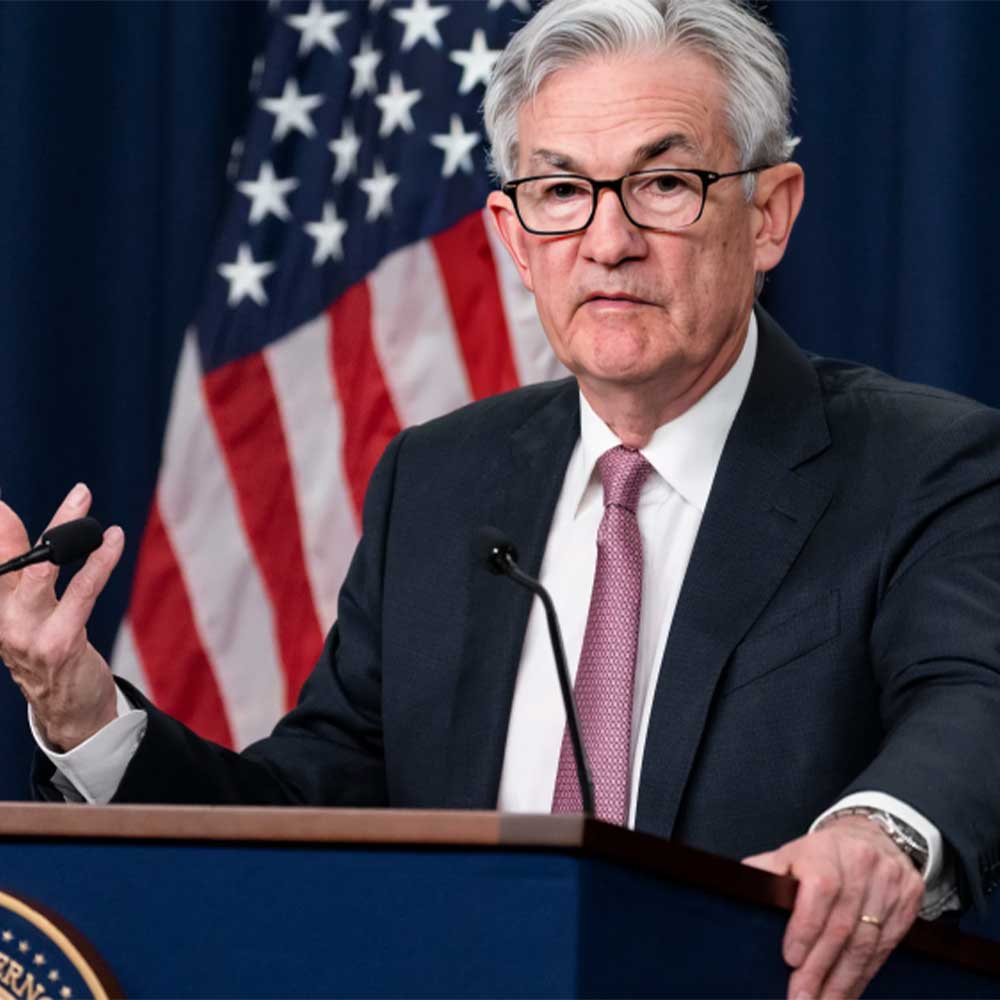


- 18/03/2024
- By: ICGroupsFX
- Banks central banks currencies markets
Central banks play a pivotal role in shaping the global economy, wielding significant influence over currency markets through their monetary policy decisions. Understanding the role and actions of central banks is crucial for forex traders seeking to navigate the complexities of the currency markets. In this blog post, we'll shine a spotlight on central banks and explore how their policies impact currency markets.
The Role of Central Banks
Central banks are responsible for formulating and implementing monetary policies aimed at achieving macroeconomic objectives such as price stability, full employment, and economic growth. They have several tools at their disposal to influence economic conditions, including setting interest rates, conducting open market operations, and managing reserve requirements.
Interest Rate Decisions
One of the primary tools used by central banks to influence currency markets is the manipulation of interest rates. By adjusting the target interest rate, central banks can influence borrowing costs, inflationary pressures, and overall economic activity. For example, raising interest rates can attract foreign investment, strengthen the domestic currency, and curb inflationary pressures. Conversely, lowering interest rates can stimulate economic growth, weaken the currency, and boost exports.
Quantitative Easing and Asset Purchases
In times of economic downturn or financial instability, central banks may implement unconventional monetary policies such as quantitative easing (QE) or asset purchases. QE involves the central bank purchasing government bonds or other securities in the open market to inject liquidity into the financial system and lower long-term interest rates. This can lead to currency depreciation as investors seek higher-yielding assets elsewhere.
Forward Guidance and Communication
Central banks also employ forward guidance and communication strategies to manage market expectations and influence currency movements. By signaling future policy intentions or providing guidance on the likely path of interest rates, central banks can shape market sentiment and mitigate volatility in currency markets.
Market Reaction to Central Bank Announcements
Currency markets often react swiftly and decisively to central bank announcements, particularly those related to interest rate decisions or changes in monetary policy stance. Traders closely monitor central bank statements, press conferences, and economic data releases for clues about future policy direction and potential market-moving events.
Conclusion
In conclusion, central banks wield significant influence over currency markets through their monetary policy decisions and actions. By adjusting interest rates, conducting asset purchases, and employing forward guidance strategies, central banks can impact exchange rates and shape market sentiment. For forex traders, staying informed about central bank policies and developments is essential for making informed trading decisions and navigating the dynamic landscape of the currency markets.



تعليقات
لا يوجد تعليقات بعد على هذا المنشور.